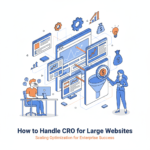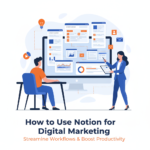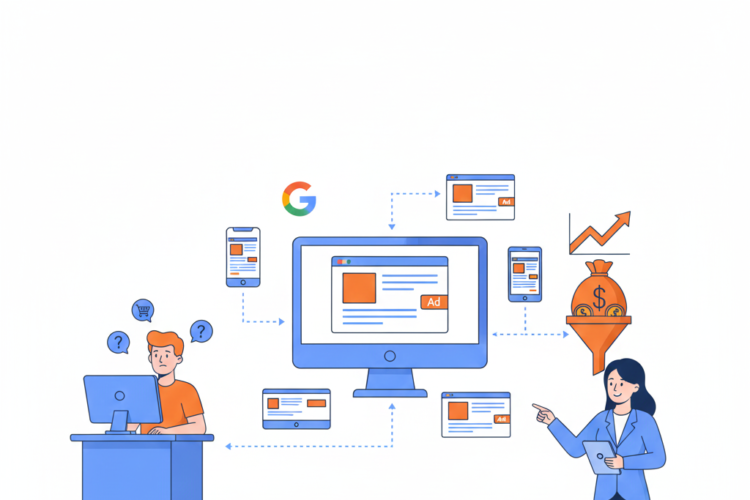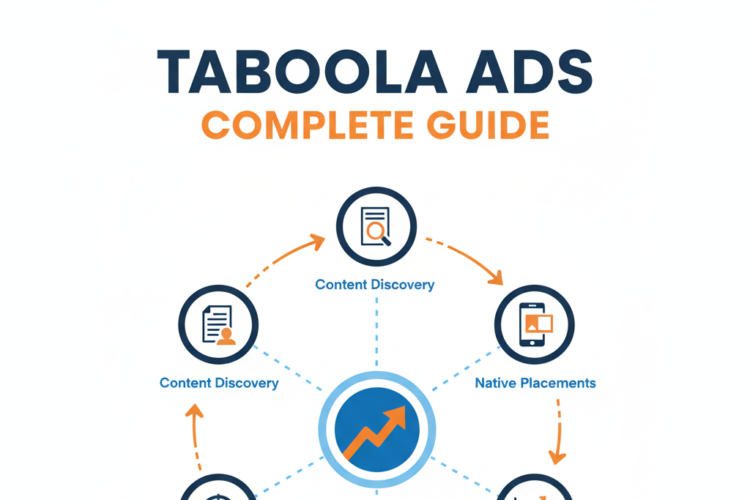
Search Ads vs. Display Ads: A Comprehensive Guide
Introduction
Digital advertising is a cornerstone of modern marketing strategies. With a multitude of platforms and ad formats available, businesses need to understand the differences and strengths of each option to maximize their return on investment (ROI). Two of the most commonly used advertising formats in platforms like Google Ads are Search Ads and Display Ads.
While both are powerful tools, they serve different purposes and target users in distinct stages of the marketing funnel. This comprehensive guide will explore Search Ads vs. Display Ads in detail, covering their definitions, differences, use cases, advantages, disadvantages, cost structures, targeting options, performance metrics, and best practices.
Chapter 1: Understanding the Basics
1.1 What Are Search Ads?
Search Ads are text-based advertisements that appear on search engine results pages (SERPs), typically at the top or bottom. These ads are triggered by specific keywords that users type into search engines like Google or Bing.
Example: A user searches for “buy noise-canceling headphones,” and ads from retailers like Amazon or Best Buy appear at the top of the search results.
1.2 What Are Display Ads?
Display Ads are visual advertisements (images, banners, animations, or videos) that appear across websites, apps, and platforms within the Google Display Network or other ad networks. These are shown to users based on their online behavior, interests, or demographics.
Example: While browsing a blog about travel, a user sees an ad for a travel booking website featuring a tropical destination image.
Chapter 2: Key Differences Between Search and Display Ads
| Feature | Search Ads | Display Ads |
|---|---|---|
| Format | Text-based | Visual (image, video, GIF) |
| Placement | Search engine results pages | Websites, apps, YouTube, Gmail, etc. |
| User Intent | High (user is actively searching) | Passive (user is browsing content) |
| Targeting | Keyword-driven | Contextual, demographic, interest-based |
| CTR (Click-Through Rate) | Higher | Lower |
| CPC (Cost Per Click) | Higher | Lower |
| Conversion Rate | Higher | Varies |
Chapter 3: Advantages and Disadvantages
3.1 Search Ads
Advantages:
-
High Intent Traffic: Users are actively searching for your product or service.
-
Better CTR and Conversion Rates: More likely to click and take action.
-
Immediate Visibility: Appear at the top of search results instantly.
-
Highly Measurable: Precise tracking of keywords, impressions, clicks, and conversions.
Disadvantages:
-
Higher CPC: Competitive industries drive costs up.
-
Limited Reach: Only show when users search for specific keywords.
-
Text-Only Format: Lack of visual appeal.
3.2 Display Ads
Advantages:
-
Wider Reach: Appear across millions of websites and apps.
-
Brand Awareness: Great for visibility, especially with visuals.
-
Lower CPC: Often cheaper than search ads.
-
Creative Flexibility: Use images, animations, videos, and interactivity.
Disadvantages:
-
Lower Intent: Users are not actively searching.
-
Banner Blindness: Many users ignore display ads.
-
Lower CTR: Engagement rates are typically lower.
Chapter 4: Targeting Capabilities
4.1 Search Ads Targeting
-
Keywords: Bids are placed on keywords that trigger your ad.
-
Match Types: Broad, Phrase, Exact, Negative keywords.
-
Location: Geographical targeting.
-
Ad Scheduling: Time-of-day and day-of-week.
-
Device Targeting: Mobile, desktop, tablet.
4.2 Display Ads Targeting
-
Audience Targeting: Interests, in-market segments, remarketing.
-
Contextual Targeting: Based on website content.
-
Placement Targeting: Choose specific websites or pages.
-
Demographic Targeting: Age, gender, income.
-
Custom Intent and Custom Affinity: Create personalized audiences.
Chapter 5: Cost Structure
5.1 Search Ads
-
CPC (Cost Per Click): You pay when someone clicks your ad.
-
CPA (Cost Per Acquisition): Focus on actions like signups or purchases.
-
High competition leads to higher CPCs.
5.2 Display Ads
-
CPM (Cost Per Thousand Impressions): Pay for views.
-
CPC: Available, usually lower than search.
-
CPA: Used for conversion-focused campaigns.
Chapter 6: Measuring Performance
6.1 Key Metrics for Search Ads
-
Click-Through Rate (CTR)
-
Cost Per Click (CPC)
-
Quality Score
-
Conversion Rate
-
Return on Ad Spend (ROAS)
6.2 Key Metrics for Display Ads
-
Impressions
-
View-Through Conversions
-
CTR (typically lower than search)
-
Engagement metrics (time on site, bounce rate)
-
Brand lift studies (for awareness)
Chapter 7: Use Cases and Best Practices
7.1 When to Use Search Ads
-
Launching a product or service with high intent searches
-
Capturing demand and driving immediate conversions
-
Competing for branded terms
-
Targeting niche queries
Best Practices:
-
Use ad extensions (sitelinks, callouts, structured snippets)
-
Write compelling, keyword-rich ad copy
-
Continuously optimize keywords and bids
-
Use negative keywords to filter irrelevant traffic
7.2 When to Use Display Ads
-
Building brand awareness
-
Retargeting website visitors
-
Promoting content or lead magnets
-
Reaching new audiences in specific niches
Best Practices:
-
Design visually appealing creatives
-
Use A/B testing for banners
-
Leverage remarketing lists
-
Optimize for mobile display
Chapter 8: Combining Search and Display Ads
8.1 Complementary Strategies
-
Use Search Ads to capture demand.
-
Use Display Ads to create awareness and nurture leads.
8.2 Full-Funnel Approach
-
Top of Funnel (TOFU): Display Ads for awareness.
-
Middle of Funnel (MOFU): Display Ads for retargeting.
-
Bottom of Funnel (BOFU): Search Ads for conversions.
8.3 Cross-Channel Attribution
-
Use tools like Google Analytics and Google Ads conversion tracking to understand how users interact with both ad types.
Chapter 9: Real-World Examples
9.1 E-Commerce Brand
Challenge: Low brand recognition. Strategy: Used Display Ads for awareness, Search Ads for purchase intent. Result: 70% increase in overall conversions.
9.2 Local Service Business
Challenge: Increase bookings. Strategy: Focused on Search Ads targeting service keywords. Result: High ROI from direct bookings.
9.3 SaaS Company
Challenge: Educate and convert users. Strategy: Display Ads for whitepaper downloads, Search Ads for product demo signups. Result: 2X growth in leads.
Chapter 10: Challenges and Considerations
10.1 Budget Allocation
Determine which stage of the funnel is your priority, then allocate budgets accordingly.
10.2 Ad Fatigue
Update creatives regularly, especially for Display Ads.
10.3 Compliance and Ad Policies
Follow Google’s guidelines to avoid disapprovals.
10.4 Privacy and Tracking
Respect user privacy and stay updated on tracking changes like third-party cookie phase-outs.
Conclusion
Both Search Ads and Display Ads offer unique strengths that can drive performance when used strategically. The key is understanding your business goals, target audience, and where your potential customers are in the marketing funnel.
-
If you’re aiming for immediate conversions and targeting users with high intent, Search Ads are your best bet.
-
If you want to build awareness, retarget users, or run visually engaging campaigns, then Display Ads are essential.
An integrated strategy that leverages the strengths of both ad types often yields the best results. With continuous optimization, proper targeting, and clear KPIs, businesses can maximize the ROI of their digital advertising efforts.
Let me know if you’d like templates, campaign setup checklists, or side-by-side budget planners!
Author



